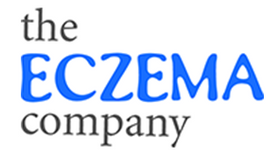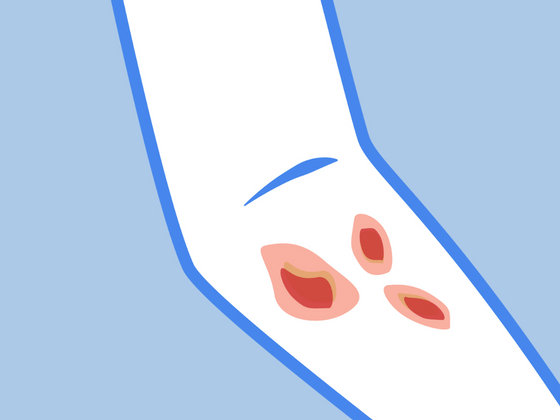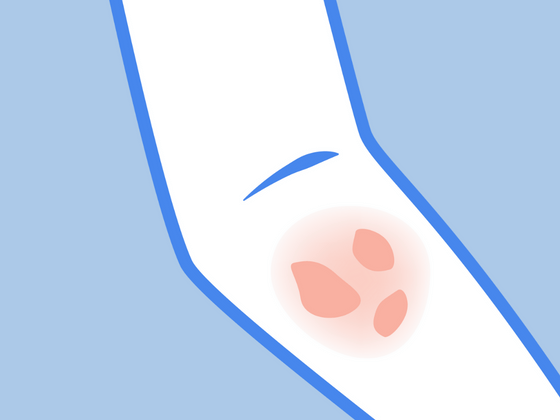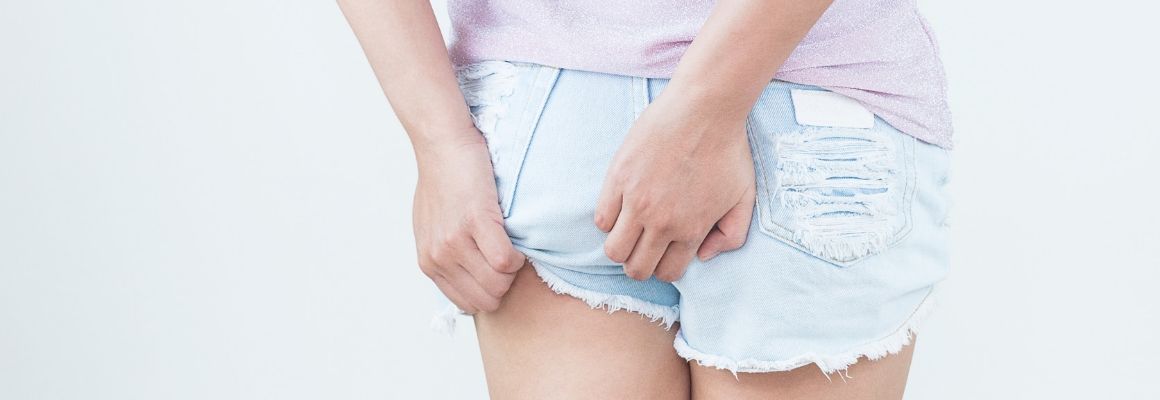Is your little one suffering from a dry, itchy scalp? Similarly to adults with seborrheic dermatitis, little ones can suffer from infant seborrheic dermatitis.
Discover some of the most natural infant seborrheic dermatitis treatments to keep sensitive scalps protected.
What is Seborrheic Dermatitis in Infants?
Little ones that suffer from seborrheic dermatitis, also known as cradle cap, usually exhibit symptoms around age one. The patches usually only last around 3 months, but it can also develop into a more aggressive form of seborrheic dermatitis (that is irritated and itchy) later in life.
Normally, symptoms appear as:
- Patchy, thick crust on the scalp
- Oily or dry skin
- Redness
- Flaky white or yellow scales
Unlike adult seborrheic dermatitis, cradle cap usually does not bother children. This means that treatments usually focus around protecting sensitive skin, while keeping skin soothed and nourished.
Although there is no defining cause for this condition, there are several natural eczema cream treatments that can heal infant seborrheic dermatitis.
Infant Seborrheic Dermatitis Treatment
Although your baby's scalp might not irritate them much, it's important to keep the area well soothed and nourished in order to prevent further dryness or crusting of the scalp.
Using a natural cradle cap treatment that is free of synthetic or harmful ingredients can give peace of mind unlike more aggressive treatments like steroids.
If your little one is suffering from dry or red cradle cap, this Organic Manuka Honey Skin Cream can be the perfect treatment. Not only is this cream thick and nourishing, but its manuka honey and manuka oil contents provide anti-bacterial and anti-inflammatory properties.
If you're looking to treat moderate and severe eczema, then we suggest taking a look at wet and dry wrap therapy. Both these processes use a natural eczema treatment along with eczema wraps, bandages or eczema clothing. Remedywear provides cooling TENCEL and antibacterial zinc-embedded fibers for the ultimate in soothing relief and protection from scratching.
Alternative Treatments
If your infant's seborrheic dermatitis does not improve, we suggest taking a look at what you might be feeding them. Many forms of eczema and seborrheic dermatitis can be triggered from food allergens such as gluten, soy, dairy, peanuts and more.
The best process in determining whether your little one might be suffering from food allergies is by conducting an elimination diet. This process consists of removing certain foods and reintroducing them in order to study a reaction. However, it should be noted that elimination diets (especially for infants and children) MUST be conducted with the supervision of a medical professional. An elimination diet requires removing foods, which can in turn sacrifice certain nutrients your child depends on.
If you think your little one might be suffering from another form of dermatitis, make sure to check out these 5 treatments and eczema cream for babies.
Resources
https://www.cochranelibrary.com/cdsr/doi/10.1002/1...
https://www.aafp.org/afp/2015/0201/p185.html
https://nationaleczema.org/eczema/children/seborrh...
------------------

Bio: Laura is a contributor and content developer for The Eczema Company. She is in no way a medical professional. Her comments, suggestions, and reflections are not intended to replace any medical advice. Always seek the help of a medical professional before undertaking any diet or lifestyle changes.








